calsfoundation@cals.org
USS Mound City
The USS Mound City was a Union naval vessel that served during the Civil War primarily in and around Arkansas on the Mississippi and White rivers in operations during and after the Vicksburg Campaign. It is most famous for the loss of a majority of its crew as a result of “the deadliest shot of the war.”
Built as a Cairo-class ironclad in August 1861 under the supervision of James Buchanan Eads and named for Mound City, Illinois, this vessel was received by the U.S. Navy on December 5, 1861, and placed under Commander Augustus H. Kilty. As a screw-driven, steam-powered sternwheeler, the USS Mound City measured 175 feet in length and fifty-one feet at the beam. It weighed 512 tons, drafted five feet, and made nine knots with a crew of 175 officers and sailors.
The USS Mound City’s battery varied throughout its service. Initially, it carried three eight-inch Dahlgren smoothbores, four forty-two-pound James rifles, six thirty-two-pound Dahlgren rifles, and one twelve-pound Dahlgren rifle. By the summer of 1863, it carried three eight-inch Dahlgren smoothbores, one fifty-pound Dahlgren rifle, two forty-two-pound James rifles, six thirty-six-pound Dahlgren rifles, one thirty-pound Parrott rifle, and one twelve-pound Dahlgren rifle. By 1864, it carried three eight-inch Dahlgren smoothbores, four nine-inch Dahlgren smoothbores, one 100-pound Parrott rifle, one fifty-pound Dahlgren rifle, three thirty-two-pound Dahlgren rifles, one thirty-pound Parrott rifle, and one twelve-pound Dahlgren rifle.
In March 1862, the Mound City participated in operations against Island Number 10 and Fort Pillow, Tennessee, and captured the steamer CSS Red Rover (later converted by the Western Sanitary Commission for use as the war’s first hospital ship). In May, the Mound City joined the Western Gunboat Flotilla. After being rammed by the CSS General Earl Van Dorn and the CSS Colonel Lovell and disabled on May 10 during the Engagement at Plum Point Bend near Fort Pillow, it was repaired and returned to duty.
On June 17, 1862, the Mound City participated in the attack against St. Charles (Arkansas County) on the White River. Struck in the steam drum by what has been called the deadliest shot of the war, the Mound City had 105 of its sailors killed. An additional forty-five crew members were reported wounded, primarily by scalding. Severely scalded in this action, Commander Kilty lost his left arm. Due to heavy losses, the Mound City was manned temporarily by soldiers of the Forty-sixth Indiana Infantry and mortar-boat crewmen. Once the vessel was repaired, Lieutenant Commander Byron Wilson took command.
On October 12, 1862, the Mound City, the USS Pittsburgh (often Pittsburg), the USS Carondelet, and the USS Louisville ran by the upper batteries at Grand Gulf, Mississippi, and bombarded that fort’s lower batteries. From November 1862 through March 1863, the Mound City, the Carondelet, the USS Signal, and the USS Marmora countered a Confederate attempt to blockade the Yazoo River.
In March 1863, the Mound City participated in Major General Frederick Steele’s Bayou Expedition, in an attempt to land Union troops on the Yazoo River upstream from Vicksburg, Mississippi. On April 14, the Mound City ran by Vicksburg’s batteries. On May 10, it shelled Warrenton, Mississippi, and participated in further operations against Grand Gulf and Vicksburg. Afterward, the Mound City guarded the Mississippi River from Grand Gulf to Hard Times, Louisiana, and patrolled near Lake Providence, Louisiana.
While the vessel was stationed near Lake Providence, Rear Admiral David Dixon Porter investigated complaints from local Unionist planters of theft and destruction of property by officers and crew of the Mound City. Porter’s investigation resulted in the court-martial and dismissal of two officers but cleared Wilson and the crew of any culpability. On January 25, 1864, Acting Volunteer Lieutenant Amos R. Langthorne succeeded Wilson as commander of the Mound City, when Wilson took command of the USS Ouachita.
In January 1864, the Mound City helped raise and guard the USS Indianola near the Davis plantation on the Red River. On March 2, 1864, the Mound City seized the tug Rawlins off Natchez, Mississippi, before joining a fleet of seventeen ships in the Red River Campaign. On May 10, low water levels held the Mound City and the Carondelet above the wing dams on the Red River. Both vessels had to be carried over the falls. The Mound City then guarded the recently raised Indianola.
In May 1865, the Mound City served on the Black River near Baldwin’s Ferry, Mississippi. Decommissioned soon after the war, the Mound City returned to its namesake city and was sold at public auction on November 9, 1865.
For additional information:
Barnhart, Donald, Jr. “The Deadliest Shot.” Civil War Times Illustrated 30 (March–April 2006): 31–36.
Gibson, Charles Dana, and E. Kay Gibson. Dictionary of Transports and Combatant Vessels, Steam and Sail, Employed by the Union Army, 1861–1868. Camden, ME: Ensign Press, 1995.
Konstam, Angus. Mississippi River Gunboats of the American Civil War, 1861–65. New York: Osprey Publishing Company, 2013.
———. Union River Ironclad, 1861–65. New York: Osprey Publishing Company, 2002.
McPherson, James M. War on the Waters: The Union and Confederate Navies, 1861–1865. Chapel Hill: University of North Carolina Press, 2012.
“Other Deaths Rear Admiral A. H. Kilty.” New York Times, November 11, 1879, p. 5.
Smith, Myron J., Jr. Timberclads of the Civil War: The Lexington, Conestoga, and Tyler on the Western Waters. Jefferson, NC: McFarland and Company, 2008.
United States Naval War Records Office. Official Record of the Union and Confederate Navies in the War of the Rebellion. Series 1, Volume 23. Naval Forces on Western Waters (April 12, 1862–December 31, 1862). Washington DC: Government Printing Office, 1910.
United States Naval War Records Office. Official Record of the Union and Confederate Navies in the War of the Rebellion. Series 1, Volume 25. Naval Forces on Western Waters (May 18, 1863–February 29, 1864). Washington DC: Government Printing Office, 1912.
United States Naval War Records Office. Official Record of the Union and Confederate Navies in the War of the Rebellion. Series 1, Volume 26. Naval Forces on Western Waters (March 1, 1864–December 31, 1864). Washington DC: Government Printing Office, 1914.
The War of the Rebellion: A Compilation of the Official Records of the Union and Confederate Armies. Series 1, Volume10, Part 1. Washington DC: Government Printing Office, 1884.
Robert Patrick Bender
Eastern New Mexico University–Roswell


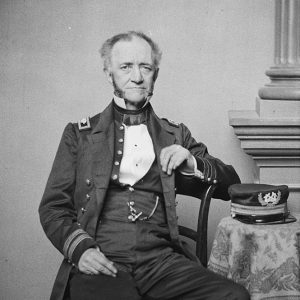 Augustus Kilty
Augustus Kilty 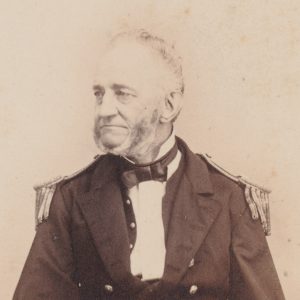 Augustus Kilty
Augustus Kilty 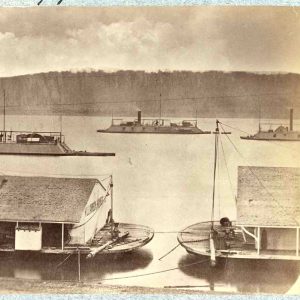 U.S. Gunboats
U.S. Gunboats 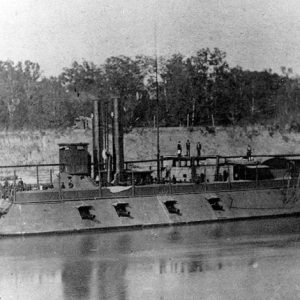 USS Mound City
USS Mound City 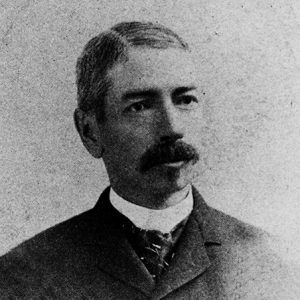 Byron Wilson
Byron Wilson 



Comments
No comments on this entry yet.